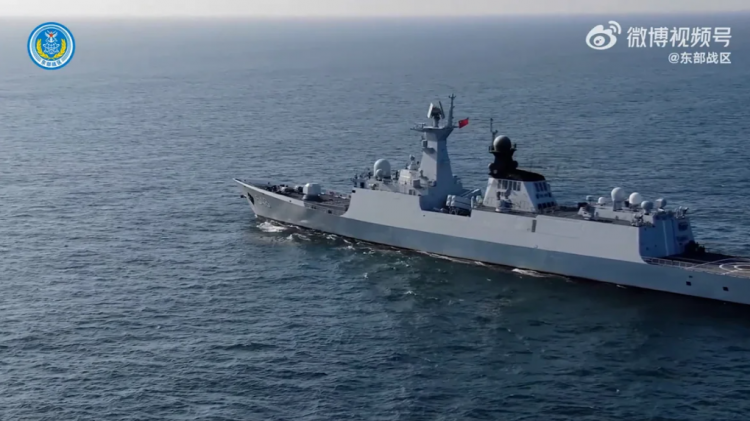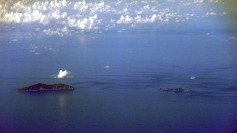China's military launched a second consecutive day of live-fire drills near Taiwan on Wednesday, signaling a growing willingness to pressure the democratically governed island as part of its broader campaign to assert control over the Taiwan Strait. The People's Liberation Army (PLA) codenamed the exercise "Strait Thunder-2025A," conducting operations in the East China Sea and surrounding waters that included simulated precision strikes and multi-branch coordination exercises.
The PLA's Eastern Theater Command described the exercises as a show of force aimed at "joint blockade and control" and "precision strikes on key targets," including ports and energy infrastructure. Senior Colonel Shi Yi, the Command's spokesperson, said the live-fire drills were conducted with long-range rocket systems and achieved "the intended results."
Footage released by Chinese state media showed PLA vehicles mounting rocket artillery moving into position under cover of darkness and launching volleys of rockets at simulated targets. The location of the drills was not explicitly disclosed, but China's Maritime Safety Administration had issued a temporary navigation ban along Zhejiang province's coast.
To Taiwan's east, the PLA's Shandong aircraft carrier strike group carried out additional drills involving ship-aircraft coordination and "multi-dimensional blockade capabilities." Taiwan's Ministry of National Defense condemned the exercises as "aggressive, provocative, and irresponsible," stating that its armed forces had deployed aircraft, naval vessels, and coastal missile systems in response.
The ministry said it detected 76 Chinese warplanes, 13 PLA naval vessels, and four Chinese coast guard ships near Taiwan in the 24-hour period ending at 6 a.m. Wednesday. That tally marks the largest air deployment since October 2024's "Joint Sword-2024B" exercise, during which PLA aircraft set a previous record for regional activity.
"Beijing's reckless provocation of regional tensions, using global security and prosperity as bargaining chips, reveals its hegemonic mindset," the ministry said.
The U.S. State Department reiterated its support for Taiwan in the face of what it called "China's intimidation tactics and destabilizing behavior." Department spokesperson Tammy Bruce stated Tuesday evening, "The United States' enduring commitment to our allies and partner, including Taiwan, continues."
The latest maneuvers come amid deteriorating relations between Beijing and Taipei. President Lai Ching-te, who assumed office last year, has labeled the Chinese government a "foreign hostile force" and has rolled out 17 new security measures aimed at countering Chinese infiltration, including restoring military courts for espionage cases.
In its official response, China's Taiwan Affairs Office called the drills a "severe punishment" for what it described as Lai's "rampant provocations for 'independence.'" A propaganda video released by the PLA depicted Lai as a green cartoon insect, referring to him as a "parasite."
Analysts at the Eurasia Group noted that the timing of the exercises-more than two weeks after Lai's speech-may have been deliberately delayed to avoid unsettling foreign executives attending a major investment summit in Beijing.
"An exercise in the Taiwan Strait while foreign CEOs are in town would have produced a chilling effect against Beijing's push to attract foreign investment," the firm said.
David Silbey, a military historian at Cornell University, emphasized the strategic importance of the drills, stating that amphibious assaults are among the most complex military operations and that China must rehearse extensively to build operational readiness. "If the Chinese are planning to launch an assault under cover of a training exercise, they need to prepare for that by having regular real training exercises so that the invasion cover doesn't look odd," Silbey said.
The PLA did not specify when "Strait Thunder-2025A" would conclude, but the naming convention suggests a follow-up phase, "Strait Thunder-2025B," may be staged later this year. According to Carl Schuster, former operations director at the U.S. Pacific Command's Joint Intelligence Center, the Eastern Theater Command has shifted from quarterly to near-monthly drills in recent years.
"Beijing's willingness to moderate cross-strait tensions is eroding," the Eurasia Group warned, adding that the probability of a cross-strait crisis in 2025 is increasing.






